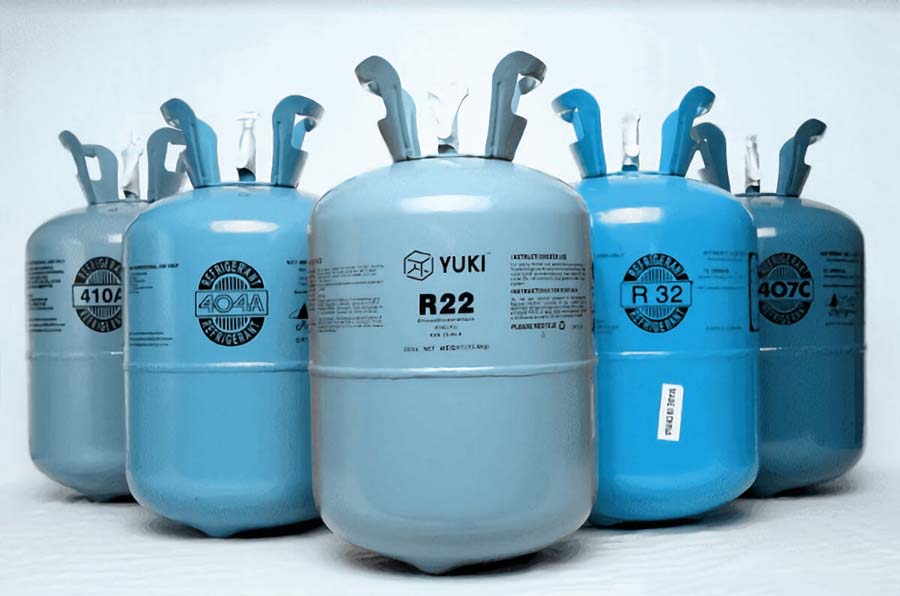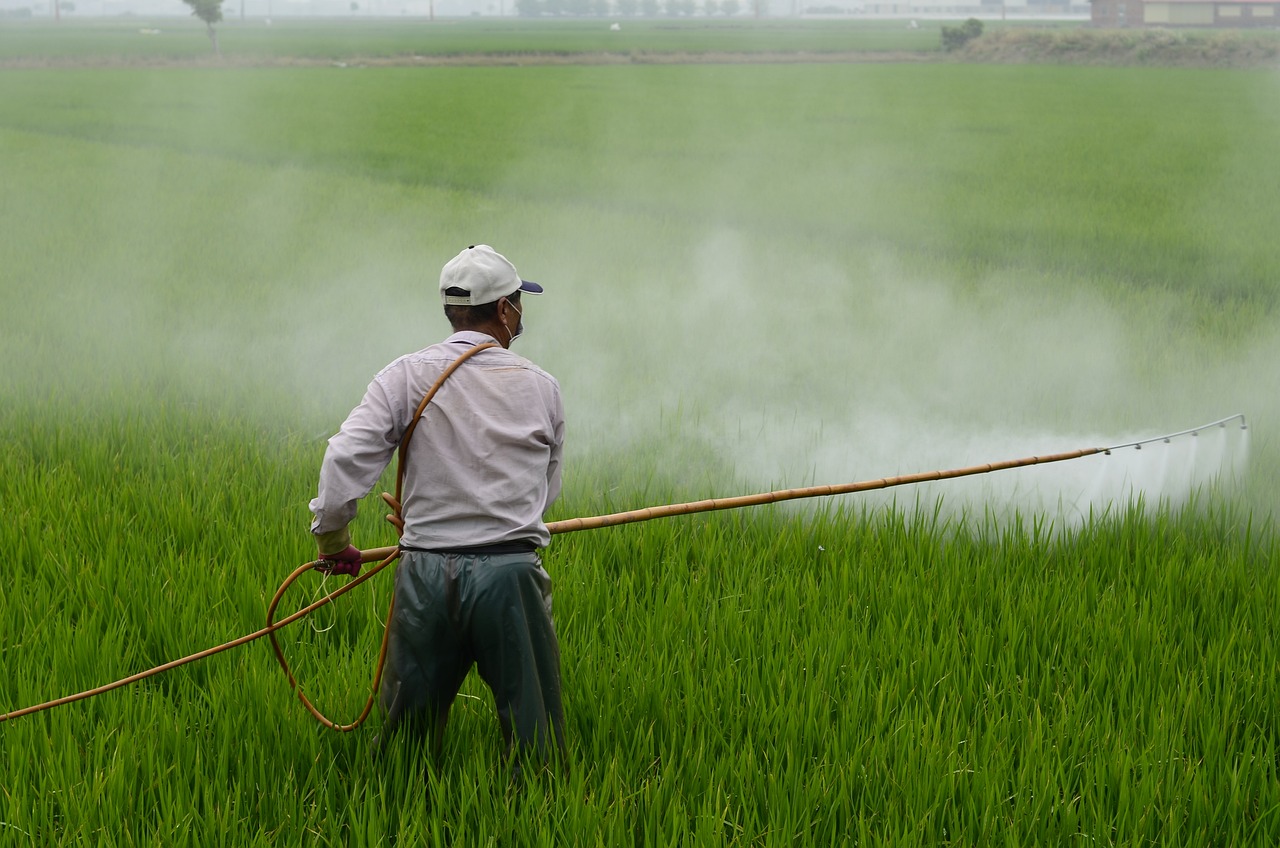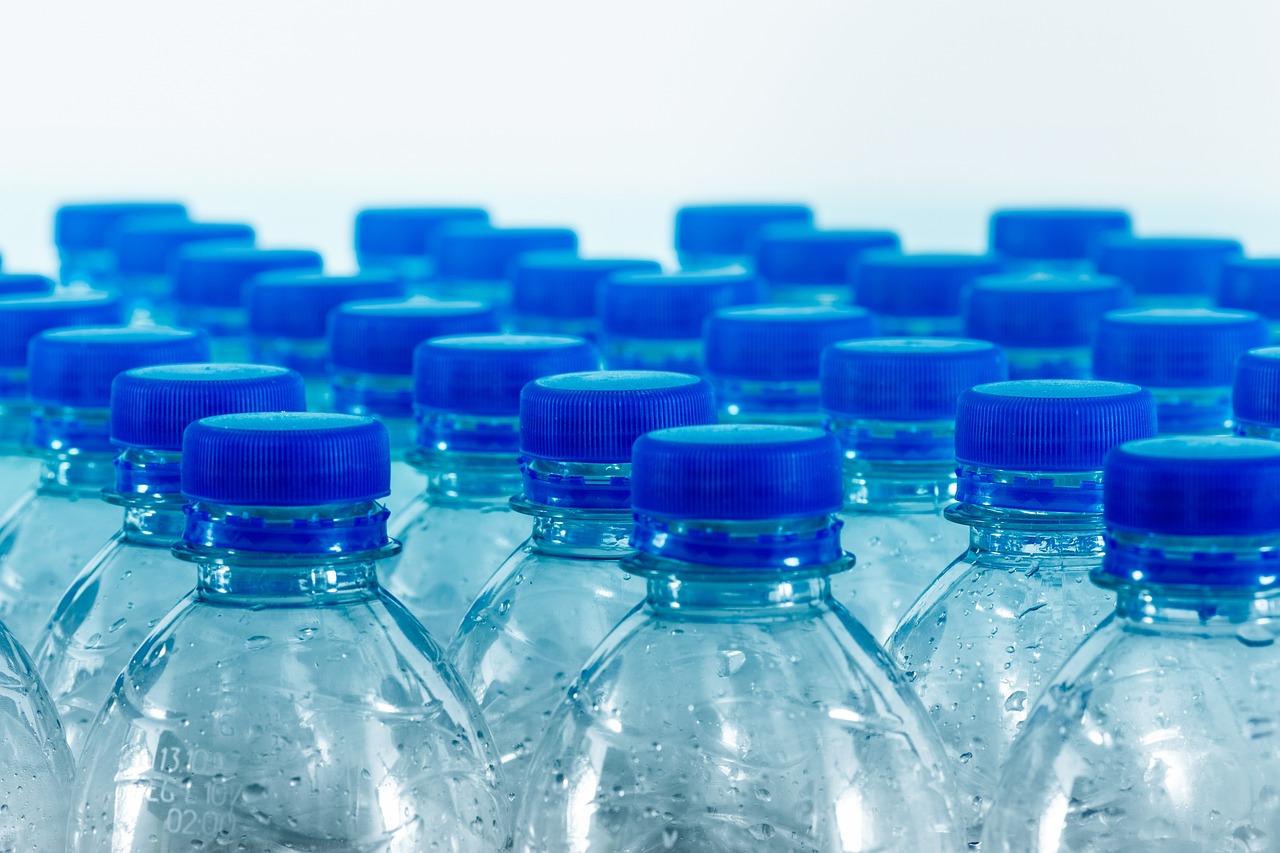Since the adoption of the Vienna Convention 40 years ago, significant progress has been made in restoring the ozone layer. The convention established a framework for international cooperation to address the effects of human activities on the ozone layer.
Kenya, as a signatory to the Montreal Protocol and its amendments, has committed to eliminating ozone-depleting substances (ODS), particularly hydrochlorofluorocarbons (HCFCs) and to phasing down hydrofluorocarbons (HFCs). These commitments align with global strategies to mitigate environmental harm and combat climate change.
The use of ODS and HFCs stretches far beyond the well-known refrigeration and air conditioning as they are also used in the agricultural, aerosol, foam-blowing, solvents, and firefighting sectors.
The Phase-Out of HCFCs
HCFCs were initially introduced as alternatives to Chlorofluorocarbons (CFCs) but they were later found to be ozone-depleting as well, requiring their phase-out under the Montreal Protocol. The Protocol sets out mandatory timelines for the phase-out of ODS which involves a strategic and stepwise reduction to ultimately achieve complete elimination.
The phase-out schedule of HCFCs for Group 1, Article 5 parties which Kenya belongs, is as below:
The phase-out strategy
2009 - 2010: Establishment of a baseline for the consumption of HCFCs
2013(January 1st): Freeze both production and consumption of HCFCs
2015(January 1st): 10% reduction
2020(January 1st): 35% reduction
2025(January 1st): 67.5% reduction
2030(January 1st): 100% reduction
2026 (January 1st): 100% (For Kenya)
The National Environment Management Authority (NEMA) issued a notice to all importers of Refrigeration and Air Conditioning (RAC) gases, on the complete phase-out of HCFC in Kenya by 1st January 2026, as 2025 will be the last year allowed for Kenya to import HCFC under the Montreal Protocol.
The Phase down of HFCs
Unlike HCFCs, HFCs do not deplete the ozone layer but are potent greenhouse gases contributing to climate change. The Kigali Amendment to the Montreal Protocol mandates a systematic reduction in the production and consumption of HFCs.
Kenya falls under Group 1 of Article 5 parties, which have an earlier freeze date and phase-down schedule compared to Group 2 of Article 5 parties, which have a 4-year delay in their schedule.
The Centre for Environment Justice and Development (CEJAD) has been instrumental in supporting Kenya's efforts to phase out HCFCs and phase down HFCs. In collaboration with the National Ozone Unit at the Ministry of Environment, CEJAD has engaged in sensitization forums to raise awareness and promote compliance with the Montreal Protocol and its amendments.
Key Conventions and Protocols Guiding Kenya’s Actions
- Vienna Convention (1985) – Established the global framework for protecting the ozone layer.
- Montreal Protocol (1987) – Enforced the phase-out of ODS, including HCFCs and CFCs.
- London Amendment (1990) – Introduced financial support for developing nations through the Multilateral Fund.
- Copenhagen Amendment (1992) – Introduced stricter controls on HCFCs and listed Methyl Bromide as a controlled substance.
- Montreal Amendment (1997) – Mandated licensing systems for ODS imports and exports.
- Beijing Amendment (1999) – Strengthened regulations on HCFCs and added Bromochloromethane (BCM) to the controlled list.
- Kigali Amendment (2016) – Established the global HFC phase-down plan to combat climate change.
Kenya’s Commitments and Obligations
As a signatory to these international agreements, Kenya is legally bound to:
- Eliminate HCFC consumption by 2026 and phase down HFCs per the agreed timelines.
- Report annual ODS and HFC consumption data to the Ozone Secretariat.
- Enforce trade restrictions on ODS and HFCs with non-compliant countries.
- Implement policies and regulations that support the transition to environmentally friendly alternatives.
- Strengthen capacity-building efforts and awareness campaigns to promote sustainable practices.
Kenya’s commitment to phasing out HCFCs and reducing HFCs is key to global efforts to protect the ozone layer and mitigate climate change. Sustained collaboration between government agencies, industry stakeholders, and civil societies will be essential in ensuring compliance with the Protocol and facilitating a smooth transition to ozone and climate-friendly alternatives. These efforts will not only safeguard the ozone layer but also contribute to broader climate actions.







